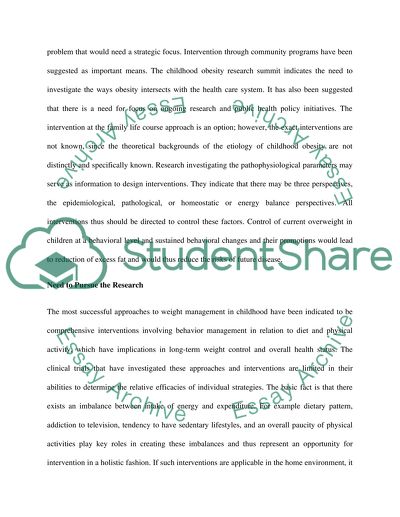Cite this document
(List of Resources and Methodology of Literature Review: A Holistic Research Proposal, n.d.)
List of Resources and Methodology of Literature Review: A Holistic Research Proposal. Retrieved from https://studentshare.org/health-sciences-medicine/1531255-a-holistic-health-approach
List of Resources and Methodology of Literature Review: A Holistic Research Proposal. Retrieved from https://studentshare.org/health-sciences-medicine/1531255-a-holistic-health-approach
(List of Resources and Methodology of Literature Review: A Holistic Research Proposal)
List of Resources and Methodology of Literature Review: A Holistic Research Proposal. https://studentshare.org/health-sciences-medicine/1531255-a-holistic-health-approach.
List of Resources and Methodology of Literature Review: A Holistic Research Proposal. https://studentshare.org/health-sciences-medicine/1531255-a-holistic-health-approach.
“List of Resources and Methodology of Literature Review: A Holistic Research Proposal”, n.d. https://studentshare.org/health-sciences-medicine/1531255-a-holistic-health-approach.


